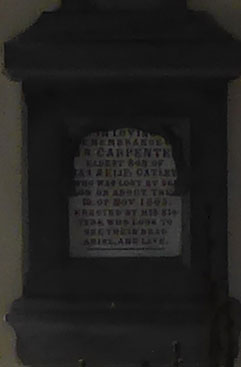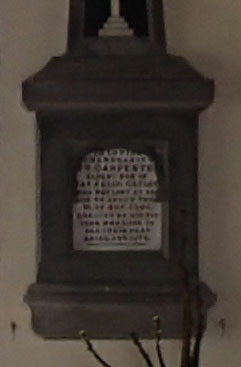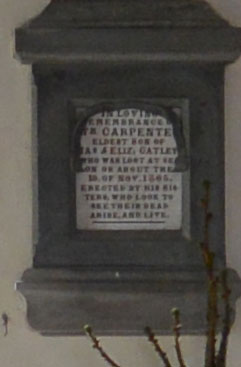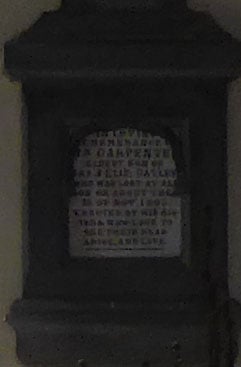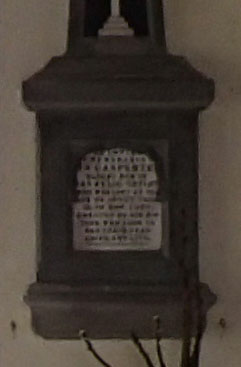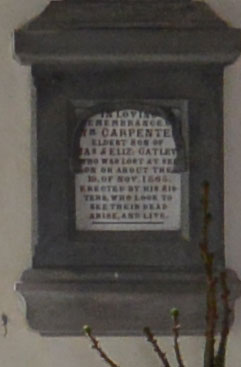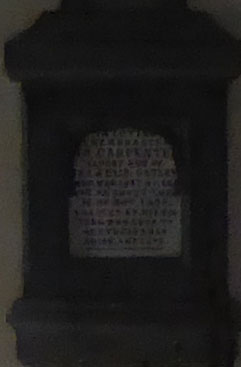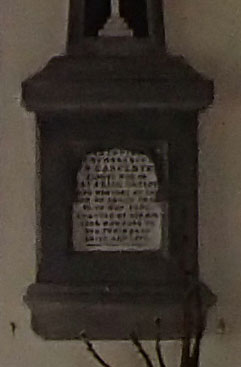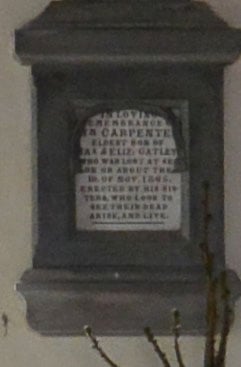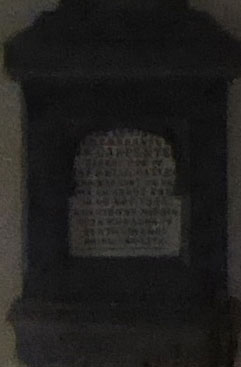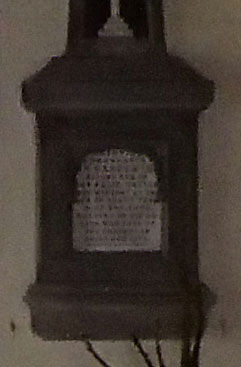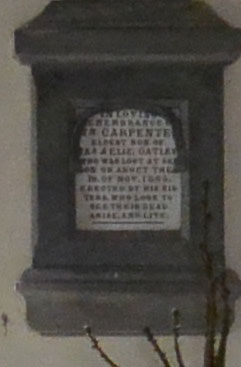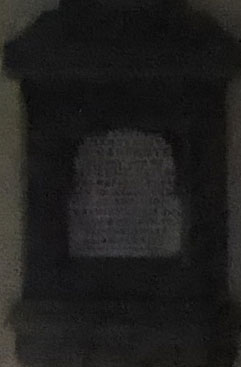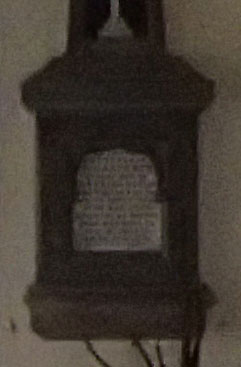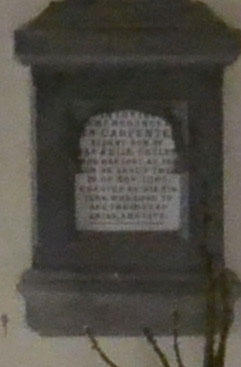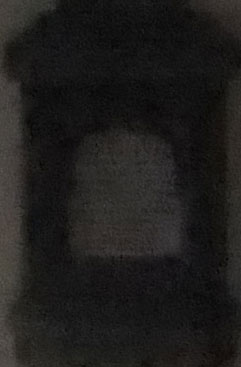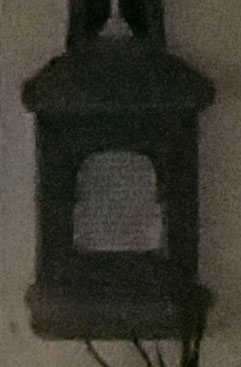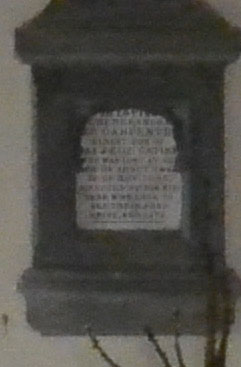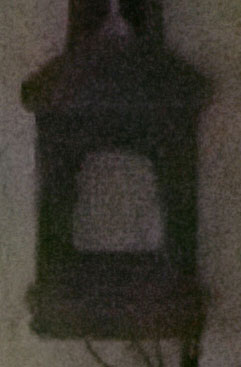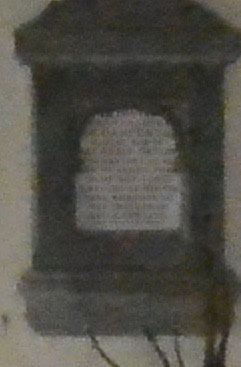Panasonic Lumix TS5 / FT5 review
-
-
Written by Ken McMahon
Quality
Panasonic Lumix FT5 / TS5 vs Olympus TOUGH TG2 vs Nikon AW1
To compare real-life performance I shot this scene with the Panasonic Lumix FT5 / TS5, the Olympus TOUGH TG-2 iHS, and the Nikon 1 AW1 within a few moments of each other using their best quality JPEG settings.
Both the Panasonic Lumix FT5 / TS5 and the Olympus TOUGH TG-2 and the were zoomed in a little from their maximum wide angle lens setting to provide an equivalent field of view to the Nikon 1 AW1 fitted with the 11-27.5 zoom with it’s 30mm equivalent wide angle.
For this test all three cameras were set to Program Auto mode. Image stabilisation was turned off and the camera settings were otherwise left on the defaults.
The image above was taken with the Panasonic Lumix FT5 / TS5. The camera was set to Program Auto mode and with the sensitivity set to 100 ISO the Lumix FT5 / TS5 selected an exposure of 1/800 at f3.4. The Olympus TOUGH TG-2, also set to 100 ISO metered an exposure of 1/1000 at f3.2 and, at its base 160 ISO sensitivity, the Nikon 1 AW1 selected an exposure of 1/800 at f5.
Overall, the crops from the Panasonic Lumix FT5 / TS5 show a good level of detail and first impressions are very encouraging. In the first crop, though you can’t make out the individual panes in the window on the end wall of the chapel (and you wouldn’t really expect to) the level of detail is good and you can see detail in the stonework and the grassy hill. The edges are clean and there’s no haloing or colour fringing.
It’s hard to find fault with anything in the second crop, the lighthouse is a crisp white cylinder, the window frames in the middle ground are well resolved and crisp-edged and you can make out some of the finer detailed in the tiled roofs in the foreground. There’s a little bit of colour fringing caused by chromatic aberration in the third crop from the frame edge and the detail here is quite a bit softer. But back in the middle of the frame the fourth crop once again shows a good level of fine detail with nice sharp edges.
For a compact sensor, this is a very good performance. It’s not as good as the Nikon 1 AW1 with it’s bigger sensor and better quality optics, a combination which is capable of resolving a higher level of detail. The Lumix FT5 / TS5 does better than the Olymous TOUGH TG-2 though with sharper edges and better detail in every one of the crops.
To see how these models compare at higher sensitivities check out my Panasonic Lumix FT5 / TS5 Noise results.
Panasonic Lumix FT5 | Olympus TOUGH TG-1 | Nikon 1 AW1 | ||
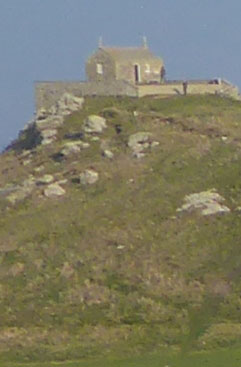 | 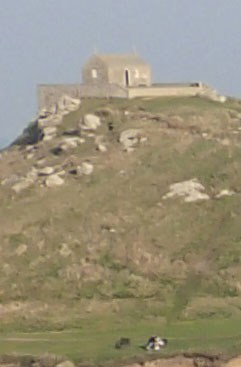 | 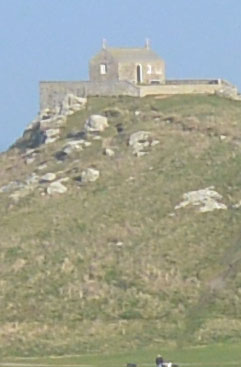 | ||
f3.4, 100 ISO | f3.2, 100 ISO | f5, 160 ISO | ||
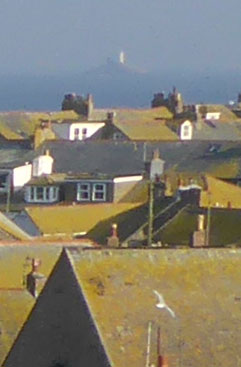 | 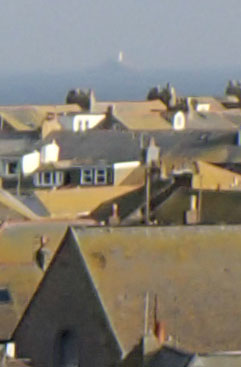 | 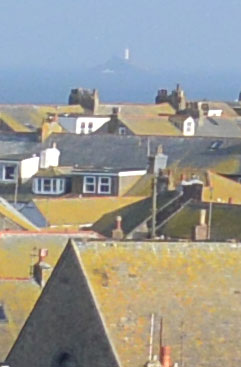 | ||
f3.4, 100 ISO | f3.2, 100 ISO | f5, 160 ISO | ||
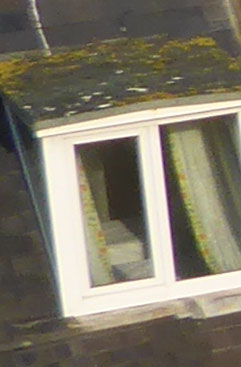 | 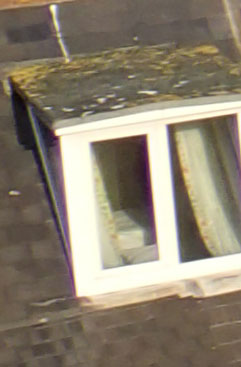 | 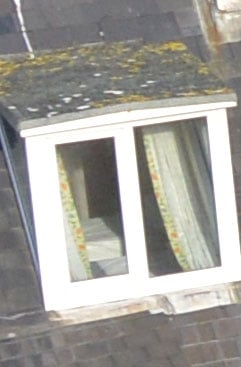 | ||
f3.4, 100 ISO | f3.2, 100 ISO | f5, 160 ISO | ||
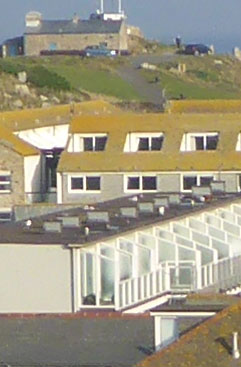 | 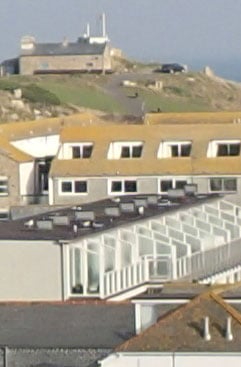 | 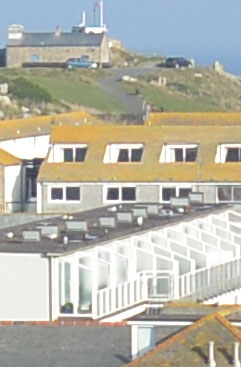 | ||
f3.4, 100 ISO | f3.2, 100 ISO | f5, 160 ISO |
Panasonic Lumix FT5 / TS5 vs Olympus TOUGH TG2 vs Nikon AW1 Noise
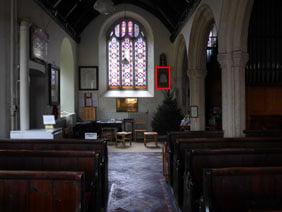
To compare noise levels under real-life conditions, I shot this scene with the Panasonic Lumix FT5, the Olympus TOUGH TG-2 iHS, and the Nikon 1 AW1 within a few moments of each other using their best quality JPEG settings at each of their ISO sensitivity settings.
Both the Panasonic Lumix FT5 and the Olympus TOUGH TG-2 were zoomed in a little from their maximum wide angle lens setting to provide an equivalent field of view to the Nikon 1 AW1 fitted with the 11-27.5 zoom with it’s 30mm equivalent wide angle.
For this test all three cameras were set to Program Auto mode. Image stabilisation was turned off and the camera settings were otherwise left on the defaults.
The image above was taken with the Panasonic Lumix FT5 / TS5. The FT5 / TS5 was set to Program Auto mode and at its base 100 ISO sensitivity setting metered an exposure of 0.8s at f3.5. The Olympus TOUGH TG-2 metered 05.s at f2.2 also at 100 ISO and at its base 160 ISO sensitivity setting, the Nikon 1 AW1 selected 0.6s at f3.5
Just to remind you that the three sensors we’re comparing in the Olympus TOUGH TG-2, Nikon 1 AW1 and Panasonic Lumix FT5 / TS5 have resolutions of 12, 14 and 16 Megapixels respectively; with the highest megapixel count the Lumix FT5 / TS5 shows the smallest crop area with the largest detail. Another thing to bear in mind when looking at these results is that the Nikon 1 AW1 has a physically larger sensor than the 1/2.3in compact sensor in the other two models.
Though the Lumix FT5 / TS5 selected a similar expoure to the Olympus TOUGH TG-2, the crop area is significantly darker. Despite that there’s a good level of detail in the 100 ISO crop and though there is some visible noise texture it’s pretty low level. At the 200 ISO level there’s a visible increase in the noise, but it’s still acceptably low for a compact sensor.
At 400 ISO noise levels have reached a point where they are having an impact on quality at 100 percent viewing sizes, but this is still nothing to worry about for smaller sized reproduction, and even though there’s another hike in the noise at 800 ISO, you could just about get away with this in a big print. At 1600 ISO though, the game is up for the Lumix FT5 / TS5 and the noise is apparent even at smaller sizes. 3200 ISO is a clumpy horror show, but good to have for emergencies and at least Panasonic hasn’t opted for an unusable 6400 ISO just for the sake of the numbers.
Though darker, compared with the crops from the Olympus TOUGH TG-2 the Lumix FT5 / TS5 crops are visibly superior. Once again I’ll point out that the crops from the 16 Megapixel FT5 / TS5 show a smaller area with larger detail than those from the 12 Megapixel TOUGH TG-2. And that detail is much clearer and less noisy in the base 100 ISO crop compared with the TOUGH TG-2. Though it takes a bit of a hit at 200 ISO, the Lumix FT5 / TS5 crop is still visibly less noisy than the 200 ISO TOUGH TG-2 crop and the text is more legible. Though the gap narrows, the Lumix FT5 / TS5 has the edge on the TOUGH TG-2 all the way up the ISO sensitivity range.
With its larger sensor the Nikon 1 AW1 produces better quality images with lower noise levels throughout the ISO sensitivity range. The Nikon 1 AW1’s base ISO sensitivity is 160 ISO which I’ve compared here alongside the 100 ISO crops from the TOUGH TG-2 and the Lumix FT5. The 160 ISO crop from the Nikon 1 AW-1 isn’t noise free, but the noise levels are considerably lower than in the 100 ISO crop from the TOUGH TG-2. In fact the difference is so great that the 800 ISO crop from the AW1 looks at least as good as the 100 ISO crop from the compacts, although remember the AW1 will typically be deploying higher ISOs than the Olympus due to its optically slower lens.
One final thing to bear in mind is the Lumix FT5 / TS5’s Handheld Night Shot mode, which takes a quick burst of six images and combines them in the camera to produce a low (er) noise composite image. As you can see from the comparison table at the bottom of the page (taken at a different time to the crops in the comparison table above) though its still pretty clumpy, the Hand Held Night Shot crop does have better detail than the comparison crop which I shot in Program auto mode at 400 ISO to match the sensitivity automatically selected by the FT5 / TS5 in Handheld Night Shot mode.
Now head over to my Panasonic Lumix FT5 / TS5 sample images to see some more real-life shots in a variety of conditions, or head straight for my verdict.
| ||||||||||||||||||||||||||||||||||||||||||||||||||||||||||||||||||||||||||||||||||||||||||||||||||||||||||||||
Panasonic Lumix FT5 / TS5 | ||||||||||||||||||||||||||||||||||||||||||||||||||||||||||||||||||||||||||||||||||||||||||||||||||||||||||||||
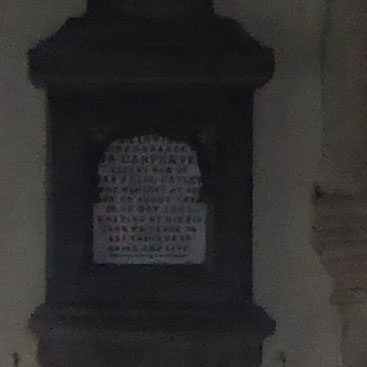 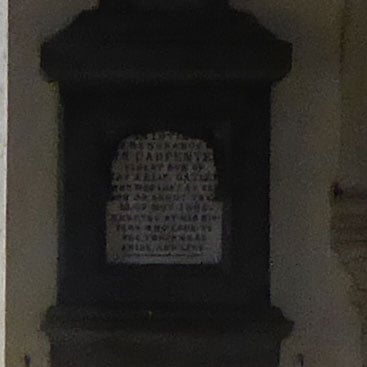 | ||||||||||||||||||||||||||||||||||||||||||||||||||||||||||||||||||||||||||||||||||||||||||||||||||||||||||||||
Program Auto 400 ISO (left) Handheld Night Shot 400 ISO (right) |
